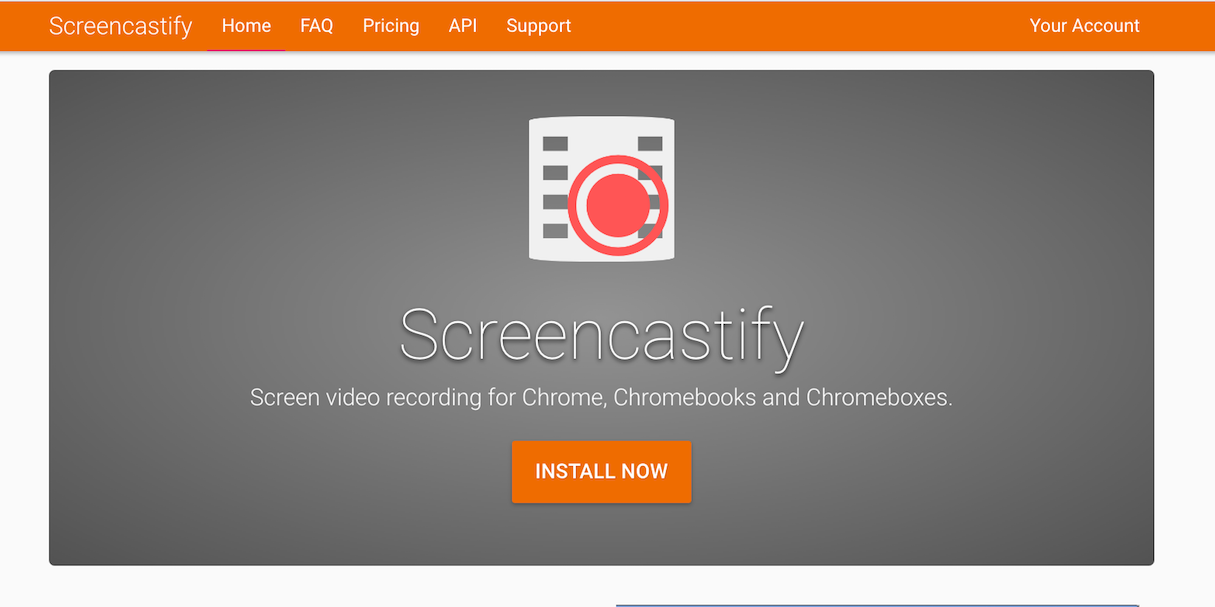
However, the flipped learning model does require your students to be self-motivated to learn at home and comfortable using technology.


We’ve seen real-world case studies on how flipped classrooms make a positive impact on learning. Progress on Higher Order Thinking Skills (HOTS): Teachers can better scaffold students to higher order thinking skills since they aren’t spending all their time delivering and presenting.This allows teachers and students to get more out of class time. More active classroom time: Flipped class sessions focus on active learning with hands-on potential and more teacher-student interaction, rather than one-way lectures and note-taking.Self-paced learning: Students take lessons home and can engage with them at their own pace and can rewind/repeat video sections as needed.

Transitioning to a flipped classroom model creates major benefits for students and educators alike: 🧑🎓Major benefits of using a flipped learning model Related: Learn more about this approach in our discussion with Kareem Farah of Modern Classrooms Project on EdTech Heroes below. The idea is that students don’t necessarily need guidance to absorb direct instruction (listening to lectures or reading chapters during class), but they often do need guidance as they apply that instruction to their activities, labs, exercises, and more. With the flipped learning model, teachers are free to use class time to work directly with students, help them navigate assignments, oversee collaboration, and more. Many teachers choose to create instructional videos to lead or support at-home learning. Instead of listening to lectures in class and doing homework after school, students in a flipped classroom absorb lecture-style instruction at home and then work on what’s traditionally considered “homework” during their class period. Let’s take a look at the biggest benefits of flipped classrooms and tech tools that schools can use to run them in the 2022-2023 year.Ī flipped classroom inverts the traditional classroom learning experience. The right mix of educational technology can also alleviate some of the additional work that comes with online learning or blended learning approaches. Implemented well, the flipped classroom approach results in better learning outcomes for students. Even before the pandemic forced schools to adopt flexible, virtual approaches to student learning in 2020, the flipped classroom was already taking hold.


 0 kommentar(er)
0 kommentar(er)
